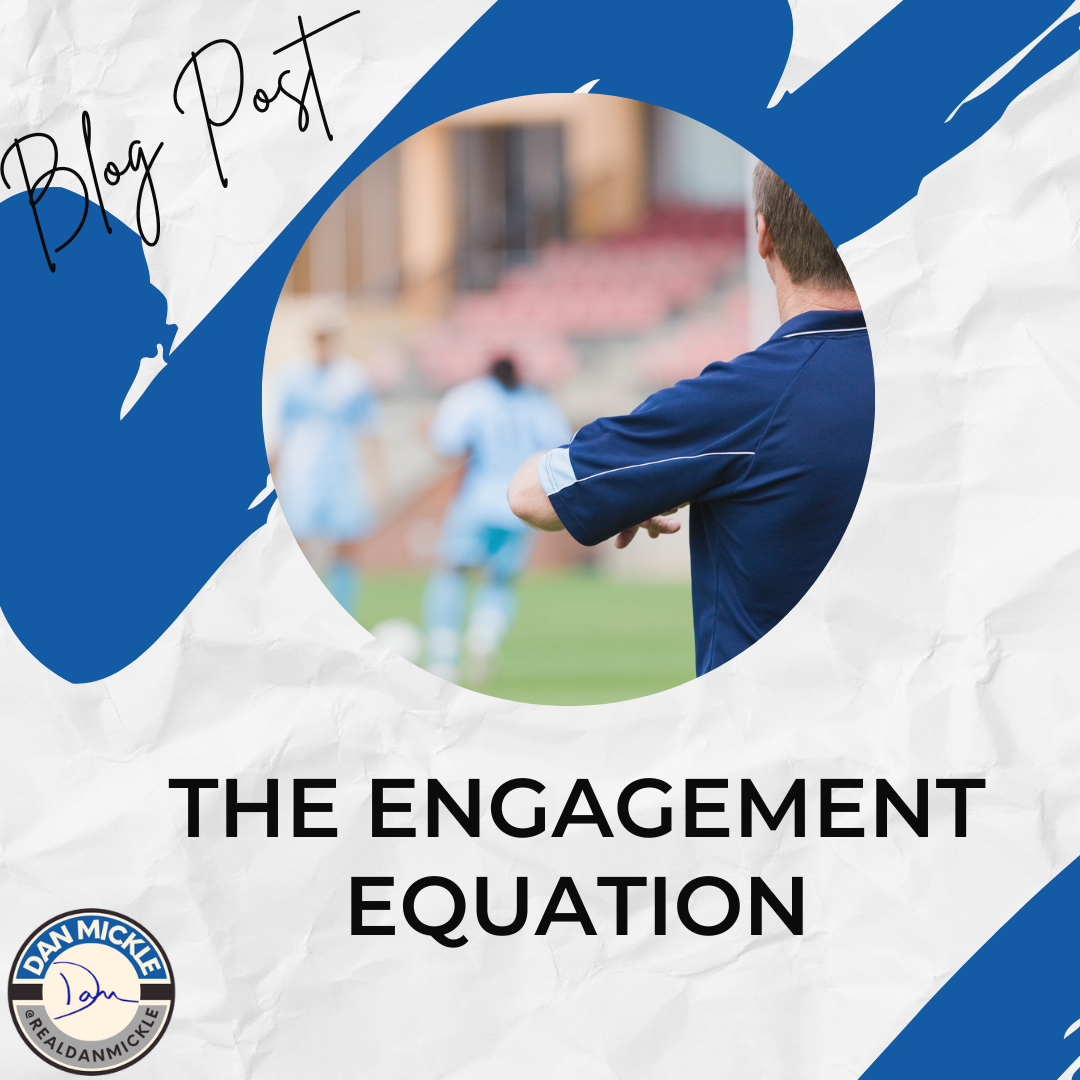Coaching youth sports is a little like trying to get a group of toddlers to eat vegetables. You need the right blend of fun (the cheese sauce) and focus (the broccoli) to make it work. Too much fun, and you’ve got chaos. Too much focus, and you’ve got a room full of disengaged athletes staring at you like you just canceled recess.
So, how do you strike that perfect balance? How do you keep practices fun without losing focus? Enter the Engagement Equation—a simple way to find your team’s ideal mix of energy, excitement, and productivity. Because let’s be real: nobody wants to run a circus, but nobody wants to run a military boot camp, either.
Step 1: Identify Your Team’s Personality
Not every team operates the same way. Some thrive on structure, while others need constant variety to stay engaged. The first step in finding the right balance is figuring out what kind of team you have.
➡ The Hyper-Energetic Team
These are the kids who sprint onto the field, bounce on their toes, and could probably power a small city if you hooked them up to a generator. They thrive on movement, competition, and fast-paced activities.
Best approach: Short, high-energy drills, small-sided games, and challenges that reward effort. Keep instructions brief—if you talk too long, they’ll start staring at a butterfly in the distance.
➡ The Analytical Team
These athletes love structure. They like knowing exactly what’s expected, why they’re doing a drill, and how it connects to the bigger picture. If they could take notes during practice, they probably would.
Best approach: Explain drills with clear objectives, provide feedback loops, and give them time to process new skills. They enjoy progress tracking, video breakdowns, and strategy discussions.
➡ The Social Squad
This team’s favorite part of practice? Talking. They love bonding, laughing, and celebrating every tiny success together. The challenge? They’ll also chat in the middle of a drill if you let them.
Best approach: Use partner and team-based drills that encourage interaction while still reinforcing skills. Make sure there’s a clear start and stop to fun moments, so they know when it’s time to lock in.
➡ The Laid-Back Crew
This group enjoys playing but doesn’t bring a ton of energy naturally. They’re not unmotivated, just… chill. If they had a team motto, it would be “We’ll get there when we get there.”
Best approach: Build momentum with progression-based drills, where things gradually ramp up. Use individual challenges to spark internal motivation. Most importantly, keep energy high without overwhelming them.
Step 2: Adjust Your Practice Structure
Once you know your team’s personality, you can tweak your practice plan to keep the right balance of fun and focus. Here’s how:
For High-Energy Teams:
Start practice immediately with an activity (skip the long talk).
Rotate drills quickly—3-5 minutes per station max.
Use mini-games to reinforce skills instead of repetitive drills.
For Analytical Teams:
Give them a preview of the practice plan at the start.
Incorporate debrief moments—let them discuss and reflect.
Use visuals (whiteboards, video, demonstrations) to reinforce concepts.
For Social Squads:
Include partner-based warm-ups to get the chatter out early.
Set clear “talk breaks” to let them engage without disrupting drills.
Reward teamwide challenges, so they work together to stay focused.
For Laid-Back Teams:
Start low-pressure and build up intensity as practice progresses.
Use checkpoints in drills to track improvement over time.
Add individualized goals, so they stay engaged at their own pace.
Step 3: Use the “30-Second Rule” for Balance
Regardless of your team type, one universal trick is the 30-second rule:
Every 30 seconds, ask yourself: Are my athletes engaged?
If yes, keep going.
If no, adjust—speed things up, change the drill, or add an element of competition.
This keeps you responsive rather than forcing a pre-planned practice that isn’t working.
Step 4: Make Fun Purposeful
Fun doesn’t mean goofing off. It means engagement. So instead of inserting fun randomly, use it to reinforce what you’re teaching:
Turn drills into competitions (who can make the most accurate passes in 60 seconds?)
Use storytelling (imagine you’re defending the championship point—how do you react?)
Gamify improvement (set “personal best” records and have athletes beat their own scores).
Fun is most effective when it feels meaningful.
Step 5: Don’t Be Afraid to Adjust
Some days, a structured practice plan will work perfectly. Other days, your team might come in tired, distracted, or bouncing off the walls. The best coaches adjust in real time.
If something isn’t working, change it. Add energy if things are dragging. Slow things down if they’re too chaotic. The best balance isn’t set in stone—it shifts based on the day, the team, and the moment.
Final Thoughts: It’s a Moving Target
Balancing fun and focus isn’t about getting it perfect—it’s about staying aware and adjusting. What works today might not work next week, and that’s okay.
Your job as a coach isn’t to force a rigid system. It’s to create an environment where athletes want to show up, engage, and improve.
So, test out the Engagement Equation. Find your team’s sweet spot. And above all—keep it fun, but keep it focused.
That’s it for today! Remember: OneDayOne. It’s either Day One or One Day. Always your choice. And of course… #DontSuck


